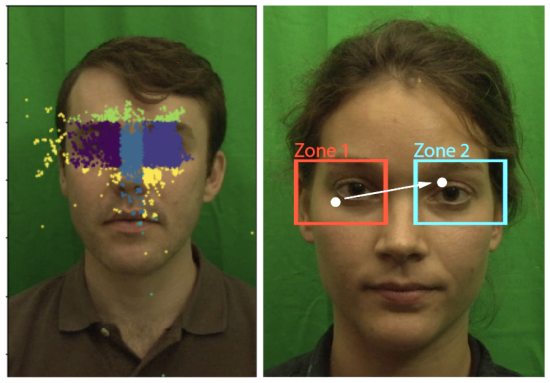The Eyes Have It (or do they?)
Eye tracking technology has the potential to offer more seamless interactions as input for a variety of software applications, but is there a cost to user privacy? We explore a dataset of eye tracking measurements and pupillometry while subjects viewed videos of actors making reciprocal eye contact, and investigate the dataset's predictive capabilities. Using a variety of machine learning models, we achieve significant improvements over a majority class baseline for predictions of observer gender, actor gender, and actor trustworthiness ratings. Our eye tracking-based classifiers also outperform personality-based classifiers on ratings of actor trustworthiness and attractiveness. In this analysis, however, eye tracking features were not predictive of other actor ratings or observer personality scores. Despite our use of one of the largest published eye tracking data sets available (N=405), we note that robust applications of machine learning rely on even larger sample sizes.










